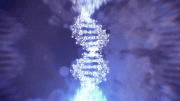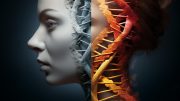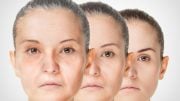
Researchers propose a novel aging theory—selective destruction theory (SDT)—which describes aging as a process not tied to damage accumulation, offering a new perspective in gerontology research.
A new editorial paper published in the journal Aging argues that in multicellular organisms, neighboring cells are in constant competition.
The underlying reasons for aging have long remained elusive. However, in 1977, Thomas Kirkwood hypothesized that organisms might gain a fitness advantage by reducing investment in somatic maintenance if this allowed them to invest more resources in more crucial processes such as reproduction. The accumulation of somatic damage was therefore inevitable, and his disposable soma theory has dominated gerontology ever since.
However, as our understanding of aging increases, it is becoming increasingly difficult to align all the aspects of aging with accumulating damage. For example, mutations that increase damage accumulation can also increase longevity, while rejuvenation revelations such as parabiosis and Yamanaka factors indicate that youthfulness can be regained without high energetic cost and despite high levels of damage.
In their new editorial, researchers James Wordsworth and Daryl Shanley from Newcastle University discuss their recently published paper on selective destruction theory (SDT). SDT suggests a mechanism of aging that is both independent of accumulating damage and consistent with epigenetic rejuvenation. The authors used agent-based modeling to describe how aging could undergo positive selection independent of energetic costs.
“The mechanism of selective destruction is currently theoretical. In our most developed model, we demonstrated that if slow cells induced epigenetic changes in faster cells causing their metabolism to slow (rather than killing them) it not only reduced unnecessary cell death, but also further reduced the likelihood of overactivity disorders by preventing the spread of fast cells.”
Reference: “A novel theory of ageing independent of damage accumulation” by James Wordsworth and Daryl Shanley, 28 July 2023, Aging.
DOI: 10.18632%2Faging.204956








Be the first to comment on "Selective Destruction – Scientists Propose New Theory of Aging"